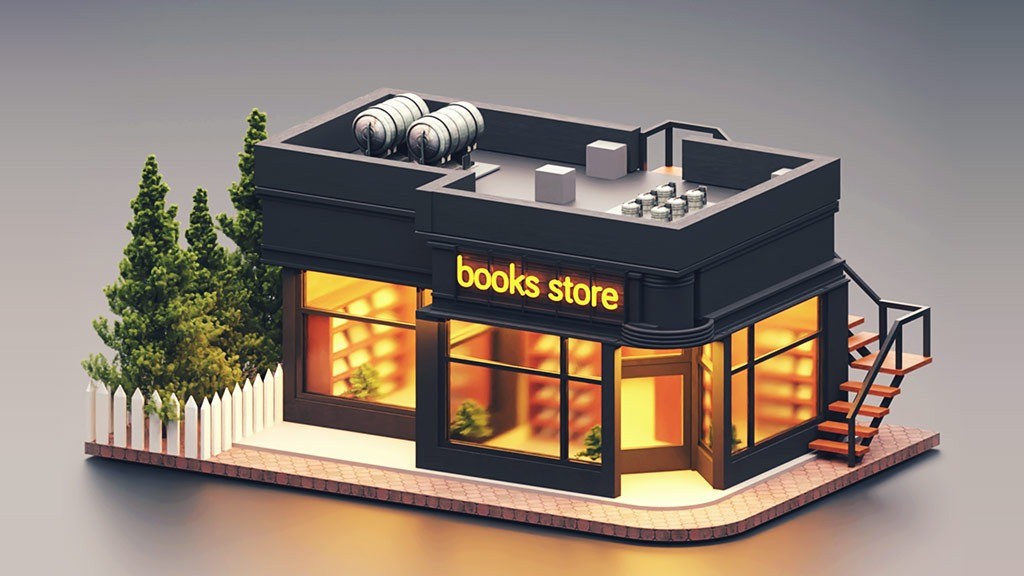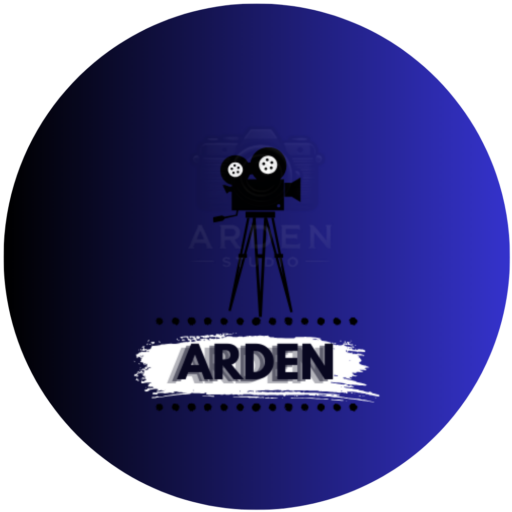3D & Isometric Design: The Future of Visual Aesthetics in 2025

Graphic design is constantly evolving, and 3D visuals and isometric illustrations are leading the way in 2025. With advancements in technology and increasing demand for immersive designs, 3D and isometric styles have become essential for branding, UI/UX, and marketing. These design techniques add depth, realism, and engagement, making them a go-to trend for businesses and designers.
The Rise of 3D Graphic Design trends
Traditionally, graphic design focused on flat, two-dimensional visuals. However, the rise of AR, VR, and high-performance computing has fueled interest in 3D and isometric design. Brands are now using these styles to create engaging user experiences, enhance storytelling, and stand out in a crowded digital landscape.
- 3D Design: Creates hyper-realistic or stylized visuals with depth, lighting, and texture.
- Isometric Design: Uses a unique perspective (usually 30-degree angles) to create 3D-like images while maintaining clarity and simplicity.
Applications of 3D & Isometric Design
1. Branding & Visual Identity
3D and isometric design help brands build a modern and sophisticated identity. Companies use 3D logos, product mockups, and immersive brand elements to capture audience attention. Professional designers, like those offering logo and business branding services, help businesses create stunning visuals that stand out.
Example: Tech companies and startups use 3D branding to showcase innovation and futuristic aesthetics.
2. UI/UX Design & Web Interfaces
Isometric icons and 3D UI elements provide users with intuitive and engaging navigation experiences. Websites and apps incorporate 3D buttons, interactive product previews, and depth-based animations to enhance user engagement. High-quality UI/UX design services ensure these elements are visually appealing and user-friendly.
Example: E-commerce platforms use 3D product viewers to allow customers to rotate and inspect items before purchasing.
3. Marketing & Advertising
3D graphics are widely used in digital marketing campaigns, product promotions, and explainer videos. Isometric animations make complex concepts visually appealing and easy to understand. Skilled video editors and promotional content creators use these techniques to craft compelling marketing materials.
Example: SaaS companies use isometric illustrations to explain workflows, data security, and automation visually.
4. Gaming & Entertainment
The gaming industry relies heavily on 3D assets, while isometric design is popular for mobile games and strategy-based interfaces.
Example: Mobile games like Clash of Clans use isometric perspectives to provide clarity and an engaging gameplay experience.
5. Augmented Reality (AR) & Virtual Reality (VR)
3D models are essential for immersive AR and VR experiences in industries like retail, real estate, and healthcare.
Example: Virtual try-on features for clothing and accessories use 3D models to provide realistic previews.
Benefits of 3D & Isometric Design
- Increased Engagement – 3D visuals capture attention better than flat graphics.
- Enhanced Storytelling – Isometric illustrations simplify complex ideas.
- Better UX/UI Interaction – 3D UI elements improve user experience.
- Modern & Futuristic Appeal – 3D and isometric styles give brands a cutting-edge look.
- Versatility – Works well for websites, social media, advertising, and branding.
Challenges of 3D & Isometric Design
- High Resource Demand – Creating and rendering 3D visuals require powerful hardware.
- Complexity – Mastering 3D software takes time and expertise.
- Longer Production Time – 3D and isometric designs often take longer than flat graphics.
Best Tools for 3D & Isometric Design
- Blender (Free) – Powerful open-source 3D modeling and animation tool.
- Cinema 4D (Paid) – Industry-standard for motion graphics and 3D visualization.
- Figma + Isometric Plugins – Ideal for creating isometric UI/UX designs.
- Adobe Dimension – Perfect for 3D product mockups and branding visuals.
- SketchUp – User-friendly 3D modeling software for architecture and web design.
- Procreate (iPad) – Great for isometric illustrations with stylized textures.
3D Graphic Design trends
As AI-powered design tools advance, creating 3D visuals will become easier and more accessible. Future trends include:
- AI-Generated 3D Assets – Faster production with AI-driven tools.
- Real-Time 3D in Web Design – Interactive websites using 3D elements.
- Hyper-Realistic CGI Marketing – High-quality 3D graphics replacing traditional product photography.
Conclusion
3D and isometric design are reshaping visual storytelling, branding, and digital experiences. As technology advances, these styles will continue to play a major role in the creative industry. Whether you’re a designer, marketer, or business owner, adopting 3D and isometric design can help you stay ahead in 2025’s digital landscape. For businesses looking to leverage these trends, professional graphic design and video editing services ensure the best results.
